All Science
 Can 3D-printed rhino horns slow down the poaching industry?
Can 3D-printed rhino horns slow down the poaching industry?Scientists at a Seattle startup aim to end illegal ivory trade with 3D-printed rhino horns.
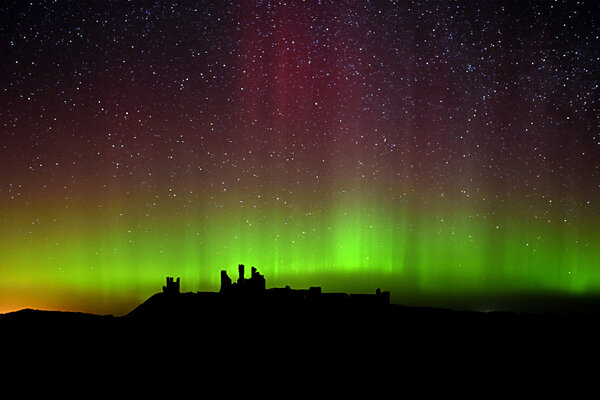 Massive solar storms coming: Where to watch aurora borealis
Massive solar storms coming: Where to watch aurora borealisA severe solar storm slammed Earth on Monday, increasing the chances of fluctuations in the power grid and GPS and creating some beautiful light displays. A second storm is expected to hit Wednesday.
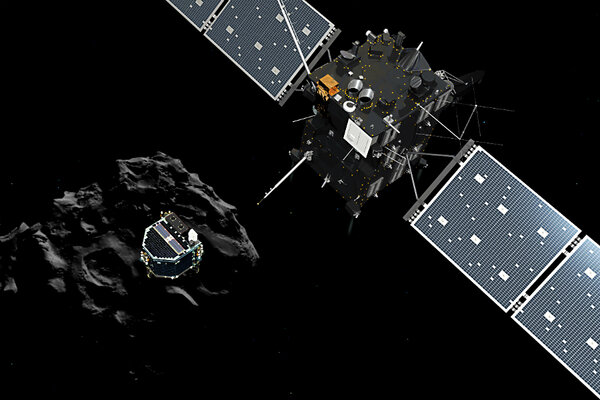 One final risky mission for Rosetta: Landing on a comet
One final risky mission for Rosetta: Landing on a cometRosetta's original mission was funded until the end of December this year, but the European Space Agency extended it by nine months. What will it do with the extra time?
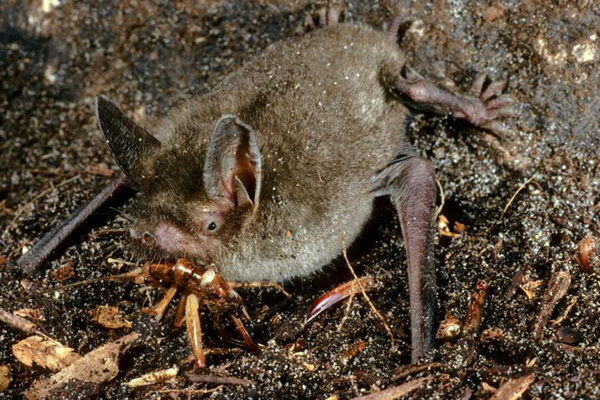 Ancient bat walked, rather than flew, over New Zealand
Ancient bat walked, rather than flew, over New Zealand16-million-year-old fossil extends the lineage of ‘burrowing bats’ in New Zealand.
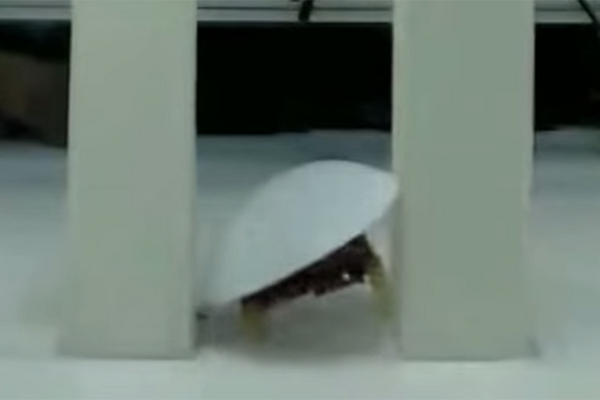 Why scientists are building robots that act like giant cockroaches
Why scientists are building robots that act like giant cockroachesScientists from the University of California at Berkeley use nature-inspired technology to transform search-and-rescue operations.
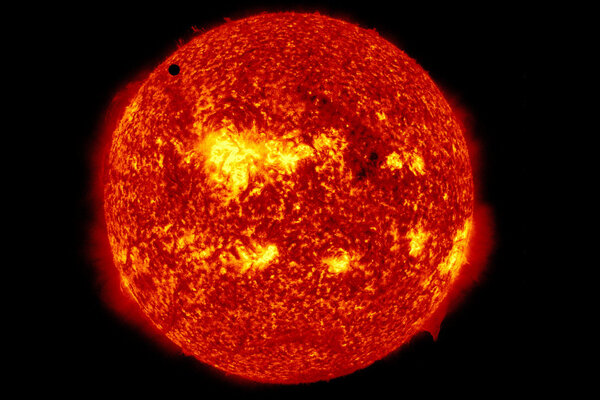 Venus: Does this sunlight make me look fat?
Venus: Does this sunlight make me look fat?When Venus transits the sun, its thick atmosphere absorbs shorter wavelength light, making it look about 100 miles wider.
 Young crater on Mars hints at Earth-like climate
Young crater on Mars hints at Earth-like climateFor the first time, scientists calculate water volumes in a young crater on Mars, revealing Earth-like conditions in the recent past.
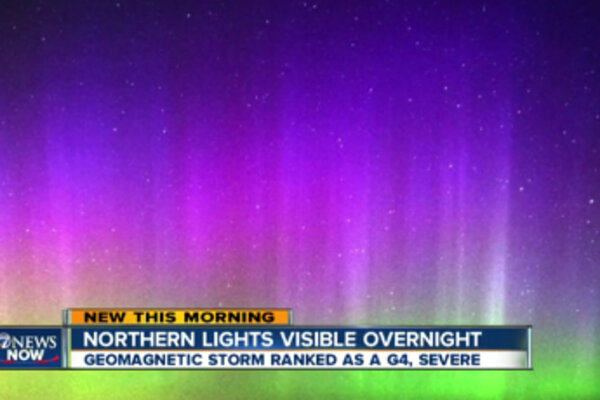 Solar storm brings spectacular aurora to parts of United States
Solar storm brings spectacular aurora to parts of United StatesResidents in Colorado, Georgia, Virginia, and Arkansas were treated to an unusual celestial display Monday night.
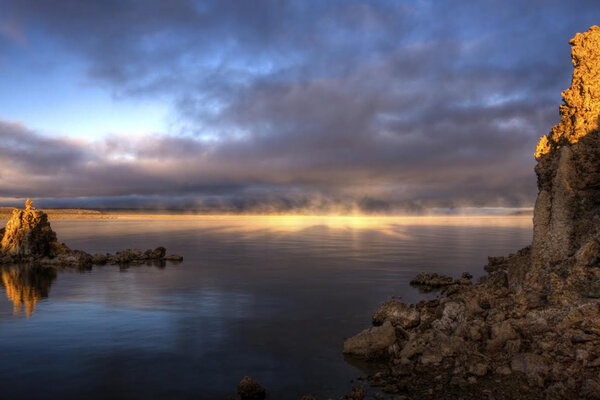 How can life emerge from nonliving matter? UNC scientists find new evidence.
How can life emerge from nonliving matter? UNC scientists find new evidence.Researchers say new findings could help answer questions about life’s chemical origins.
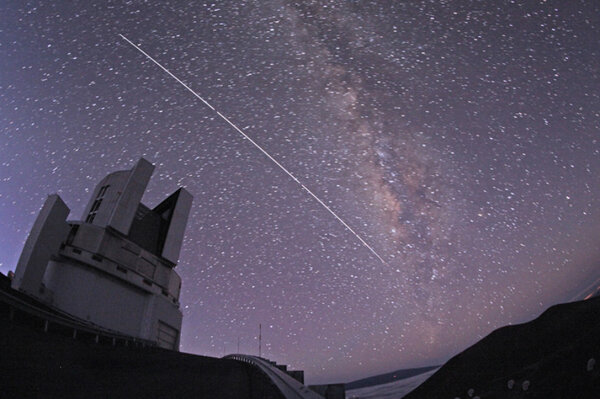 Ultra-diffuse galaxies: a 'Rosetta Stone' for galaxy formation?
Ultra-diffuse galaxies: a 'Rosetta Stone' for galaxy formation?Astronomers report finding nearly 1,000 'dark' galaxies at the heart of the Coma Cluster. Once dismissed as uninteresting, these 'tiny, fuzzy blobs' were, in fact, large galaxies some 321 million light-years away.
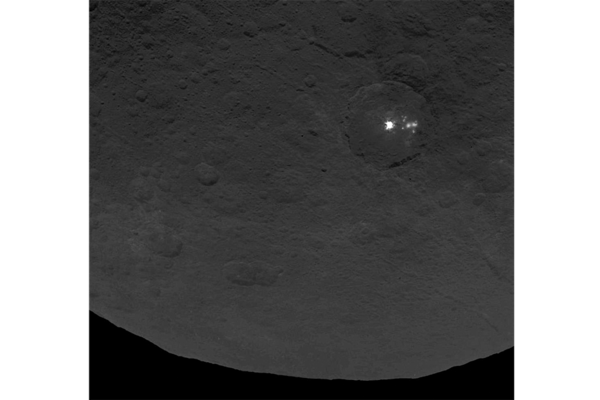 Mysterious bright spots on Ceres: what do latest NASA photos reveal?
Mysterious bright spots on Ceres: what do latest NASA photos reveal?NASA photos released today show the glowing spots in unprecedented detail.
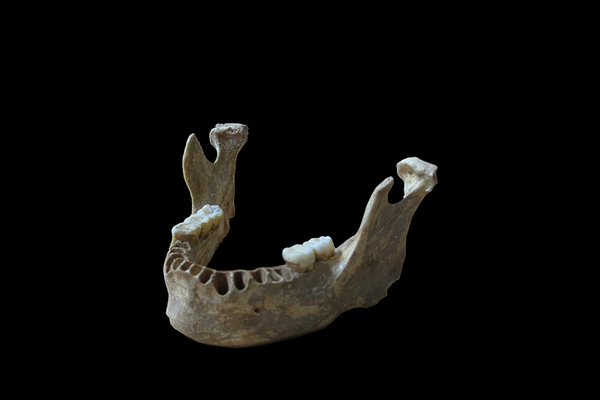 Why Neanderthals may be lower in your family tree than you thought
Why Neanderthals may be lower in your family tree than you thoughtGenetic analysis of a 40,000-year-old jawbone found in a Romania suggests that early humans and Neanderthals intermingled more recently than previously thought.
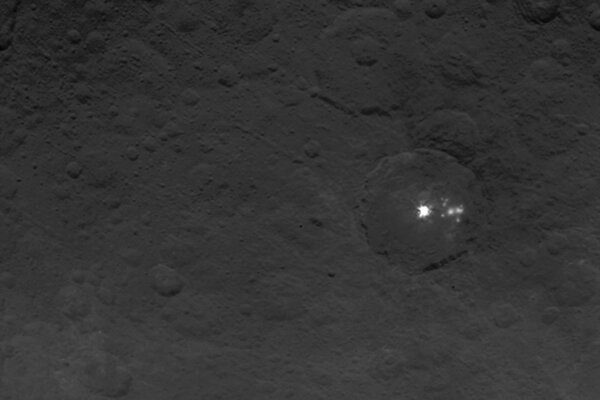 NASA probe of Ceres' mysterious spots reveals 'pyramid-shaped peak'
NASA probe of Ceres' mysterious spots reveals 'pyramid-shaped peak'New images from NASA's Dawn space probe provide more clues – and add more mystery – to the surface of the dwarf planet Ceres.
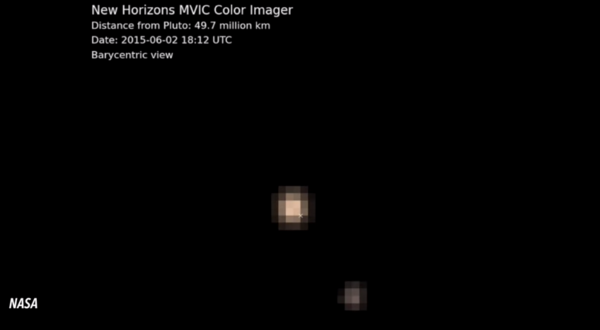 Pluto's first movies show planet in orbital dance with its moon
Pluto's first movies show planet in orbital dance with its moonAnimated photos taken by NASA’s New Horizons space probe reveals the orbital dance between Pluto and its largest moon, Charon.
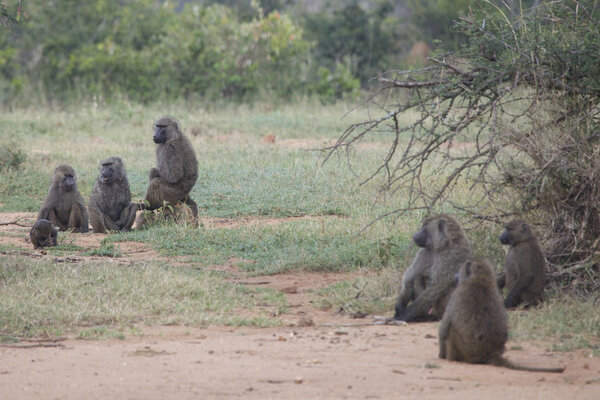 Democratic decision-making observed in baboon troops
Democratic decision-making observed in baboon troopsDespite clear social hierarchies, baboons are capable of making decisions as a group, scientists say.
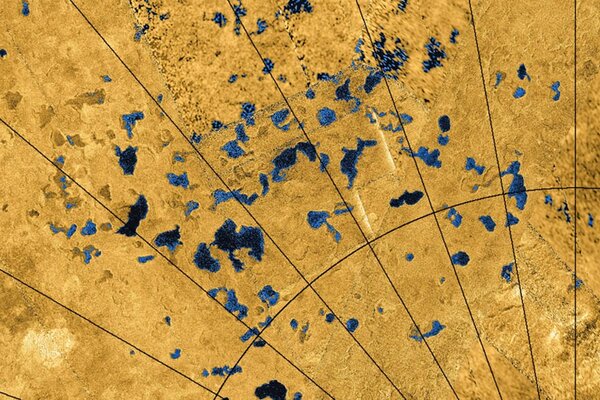 Sinkholes on Titan? Unlocking origins of lakes on Saturn's largest moon
Sinkholes on Titan? Unlocking origins of lakes on Saturn's largest moonSaturn's largest moon is host to the solar system's only non-Earthly lakes and seas. A new study sheds light on how some of these may have formed.
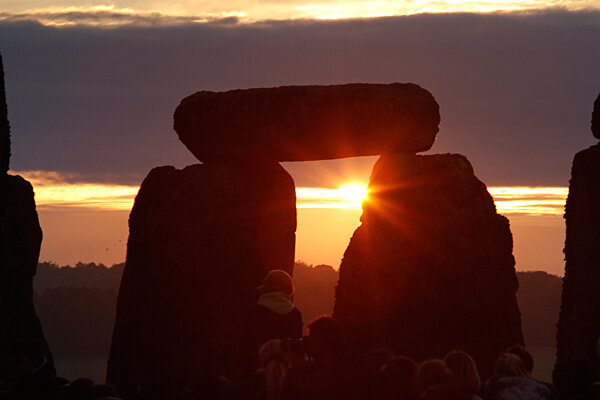 Father's Day summer solstice: Dads get the longest day of the year
Father's Day summer solstice: Dads get the longest day of the yearDue to a fluke of the calendar, the third Sunday of June, celebrated in many countries as Father's Day, falls this year on the summer solstice.
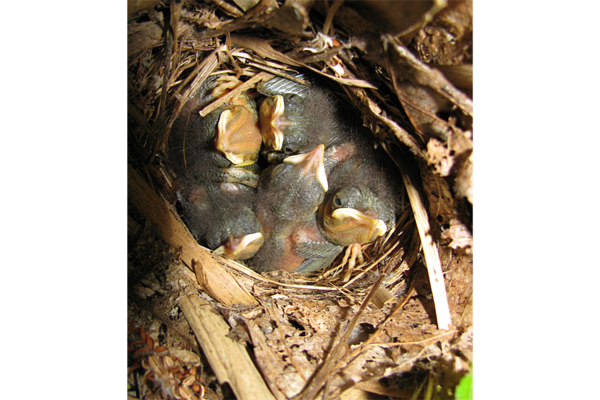 Father's Day findings: Good singers make the best nightingale fathers
Father's Day findings: Good singers make the best nightingale fathersFather's Day in the animal kingdom? Researchers find a connection between singing abilities and parenting skills in male nightingales.
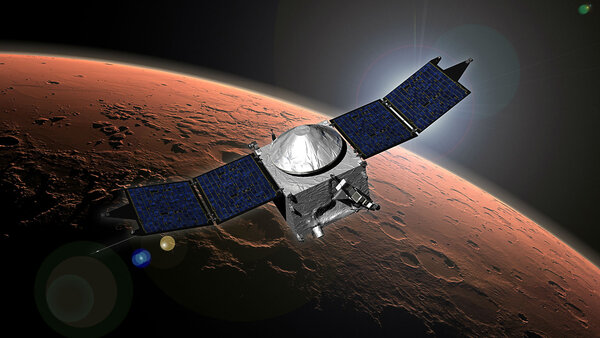 Volcanoes on Venus? Hot lava detected
Volcanoes on Venus? Hot lava detectedDiscovery of present-day volcanic activity on Venus would have "major implications" for understanding processes in the planet's interior, surface and atmosphere, scientists say.
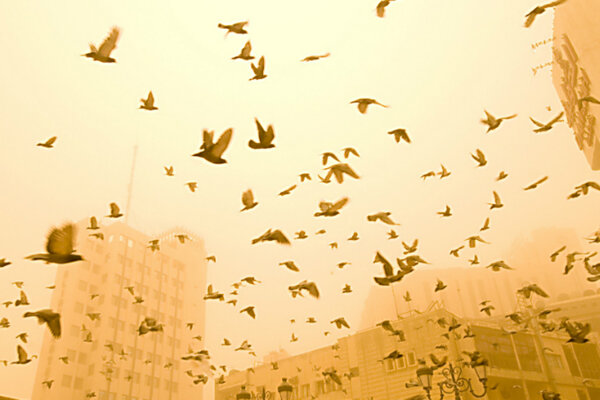 How to prevent the sixth mass extinction
How to prevent the sixth mass extinctionSixth extinction: Human beings are currently causing the greatest mass extinction of species since the extinction of the dinosaurs 65 million years ago, says a new study.























